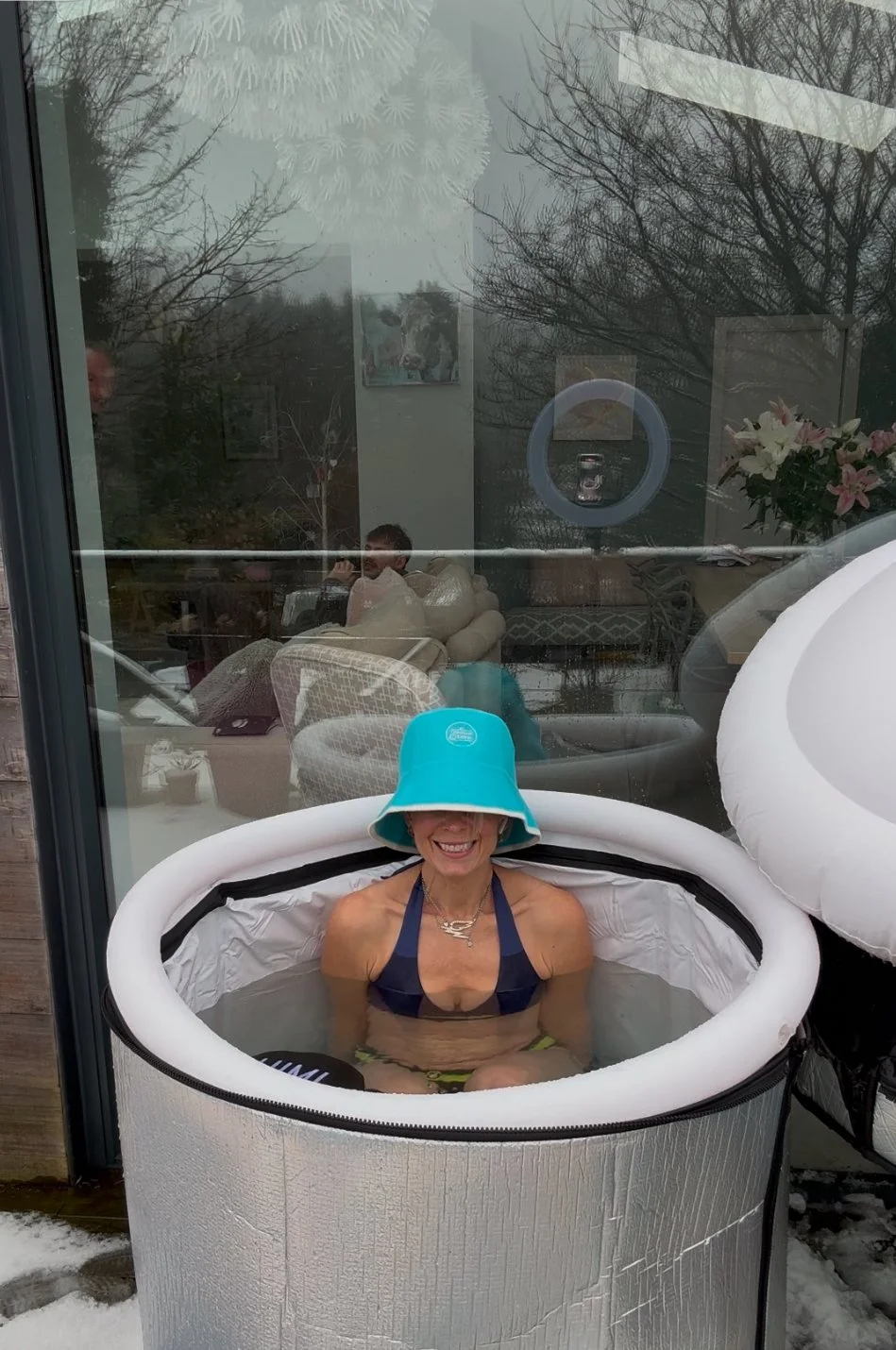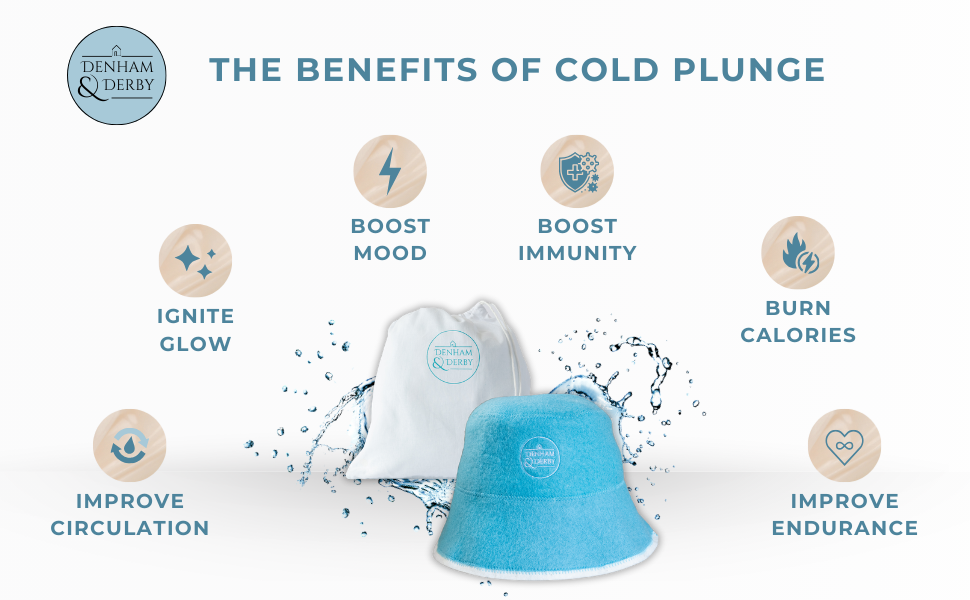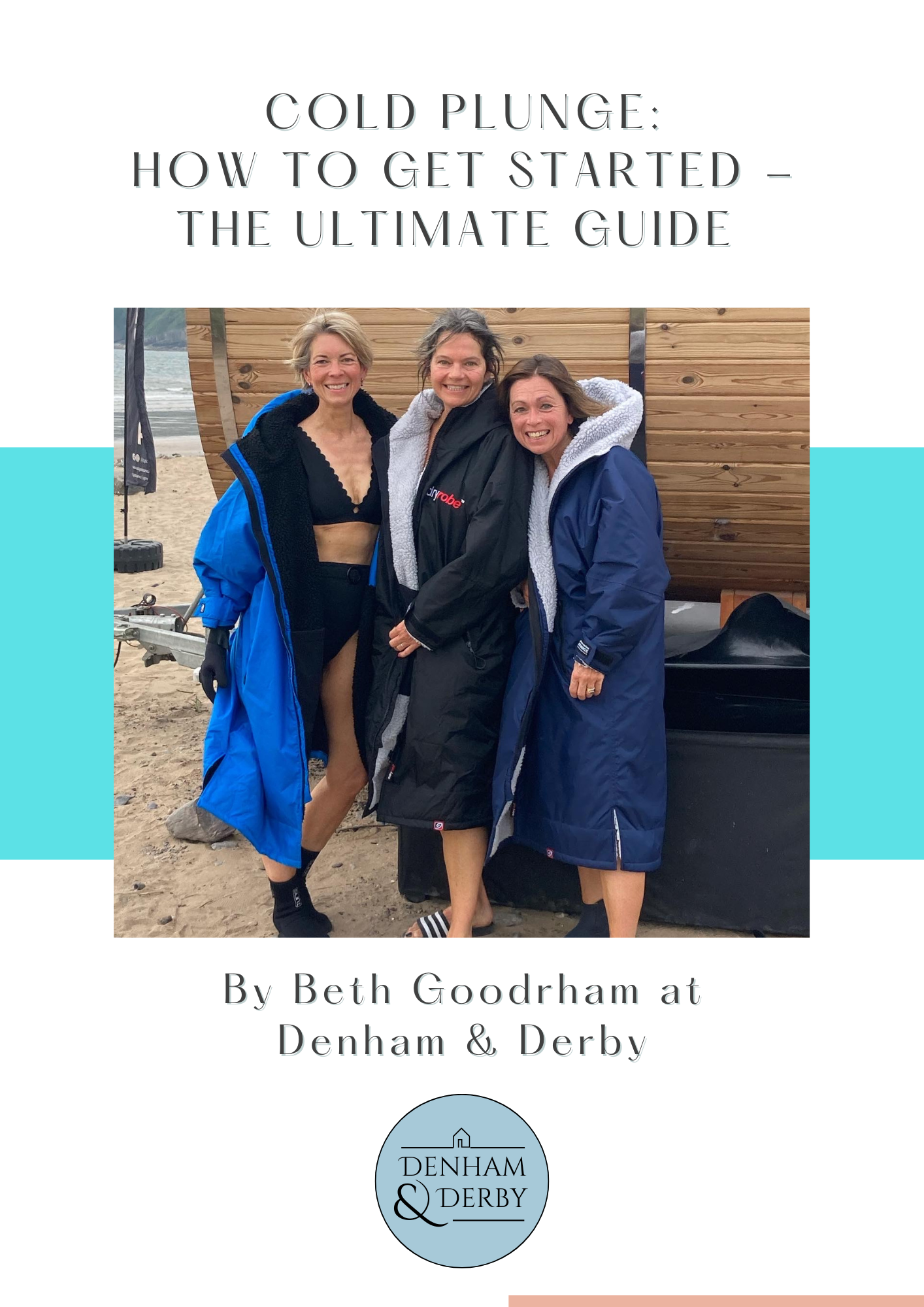Cold Plunge: The Benefits & How To Get Started
Taking A Cold Plunge In The Snow!
Cold Plunge: My Initial Skepticism
For years, I heard people rave about cold plunging, but I never quite understood the appeal. The idea of voluntarily submerging myself in freezing water seemed more like a punishment than a wellness practice. I couldn’t fathom why anyone would choose to start their day with such an intense shock to the system. However, after speaking to avid cold plunge enthusiasts, my perspective started to shift.
The Benefits of Cold Plunge From Those In The Know!
When I began having conversations with people I knew and admired who swore by their daily cold plunge routine, I started to realise there was more to this malarkey than I had imagined. The animated way with which they spoke about the benefits was hard to ignore. And I was kind of intrigued in an “Am I missing out something here?” way.
This is how what people commented on about their cold plunge routine:
1. Feeling Instantly Revitalized
One of the most common things I heard was how invigorated people felt after a cold plunge. They described feeling it as a natural energy boost, leaving them alert, focused, and ready to tackle the day. I’ve since read the cold plunging releases endorphins, seratonin, oxytocin and dopamine - which might explain that feel good feeling!
2. Relief from Aches and Pains
Another major benefit I kept hearing about was pain relief. Runners, people with fibromyalgia, arthiritis and those who sit at desks all day found that cold plunging helped reduce their muscle soreness and pain. I guess it kind of makes sense, given that the cold water works by reducing inflammation, similar to how an ice pack soothes an injury.
3. A Powerful Tool for Reducing Anxiety
One of the most interesting benefits was its impact on mental health. Many people told me that cold plunging helped them manage stress and anxiety. The initial shock of the cold has shown to force deep, controlled breathing, which naturally calms the nervous system. Over time, this practice builds resilience, making everyday stressors feel more manageable. Several people even compared it to meditation, explaining how it left them feeling grounded and refreshed.
What You Need for a Cold Plunge
If you're thinking about, or ready to try cold plunging, here are five essential items to get started:
Cold plunge tub – Whether it's a dedicated ice bath or a simple outdoor tub, you need something to hold the cold water. After much research and much asking around, I opted for the Lumi Pod Ice Bath (£99). The reviews were good, it seemed large enough and although it wasn’t a small investment, it wasn’t crazy expensive either.
Neoprene boots and gloves – These help keep your extremities warm and make the experience more comfortable. To me these are super important! I’ve had mine for many years and use them for waterfall and sea swimming. Take a look at Amazon for options.
Swimwear – A swimsuit or athletic wear that allows you to move freely in the water. I prefer to wear a bikini as a cold, wet, swimsuit either in the water, or out of it, does not (in my view) help!
Hat – Helps to retain some body heat and protect your head from the cold. It’s also super useful to keep the rain, snow, or wind off your face if the conditions are a little unsettled. I wear a 100% wool sauna hat in my cold plunge, from my brand Denham & Derby. It acts like an umbrella when it’s raining or windy, whilst also keeping my head warm. You can take a closer look HERE
Towel, hot shower and warm layers at the ready – Essential for warming up after your plunge.
My Cold Plunge Routine & My Advice To You
My preference is to cold plunge in the evening but many do it in the morning to give them an energy boost. Taking a cold plunge in the evening gives me something to look forward to during the day and when it’s cold outside and the stars are out - well, there’s nothing like it. My cold plunge pod really is a place of perfect peace.
When preparing to cold plunge, I follow a specific process to make the experience as easy and as effective as possible:
I always make sure I’m warm before I go in. Whether that’s by wearing lots of layers, going on my PEMF mat, taking a warm shower, or sitting by the fire. I never go in cold. That just feels miserable to me!
Put on my bikini, neoprene gloves and boots and a hat.
Start my music - I only play it through one headphone so I can still hear the sounds of nature around me.
Climb in, lower myself, and sit down without hesitation. The key is to get in quickly and commit to the plunge.
Close my eyes and take 10 deep breaths. I focus on controlled breathing, ensuring that I don't pant or hyperventilate. I find that panting and over exaggerated breathing leads to dizziness and a state of anxiety - and I’m not after either of those!
Open my eyes and take in the scenery. If it’s nighttime, I look up at the stars. If it’s daytime, I take in the birds, trees, and surroundings. At this point I always smile.
Feel the sensation. Rather than experiencing the cold as painful, I notice a tingling sensation as my body adapts but more than that, I try not to think about it. I just listen to my music, feel gratitude and take in the view.
Exit, warm up, and embrace the rush. Once I get out, I wrap myself in a towel, put the lid back on my cold plunge and head upstairs for a warm shower, after which I wrap myself in layers. The surge of endorphins, serotonin, dopamine, and oxytocin leaves me feeling euphoric—like I could conquer the world.
Timing: I think it’s worth saying a word about timing here. Whatever feels right for you is the right amount of time to stay in a cold plunge. True, when you first put your toe in, that might feel like 3 seconds. But settle yourself in, steady your breathing and see how you feel. The aim is to get a place where you’re NOT focused on the time or the cold, so counting, setting timers etc might be counter-productive to the aim of a cold plunge as it keeps you focused on the wrong thing. The aim is to let your mind wander.
The general rule of thumb is 1 minute in the water per 1 degree of water temperature. So a water temperature of 3 degrees would be 3 minutes etc. But it’s not a competition. It’s not about ego. And there’s no evidence to suggest that there’s any additional benefit after staying in the water for beyond 3 minutes.
Should You Try a Cold Plunge?
If you’ve ever been curious about cold plunging but hesitant to take the plunge (literally), I encourage you to give it a try. Whether you’re looking for an energy boost, pain relief, or a natural way to ease anxiety, the benefits speak for themselves.
It is also arguably one of the quickest, cheapest and most effective ways to get a multitude of health benefits in as short a time as possible. And I’m all about that!
And if you’d like to check out my free cold plunge guide (the one I wish I’d had before I started cold plunging!) just click HERE! It takes the guess work out of cold plunging for you and walks you through what you need and how to set yourself up for success.




